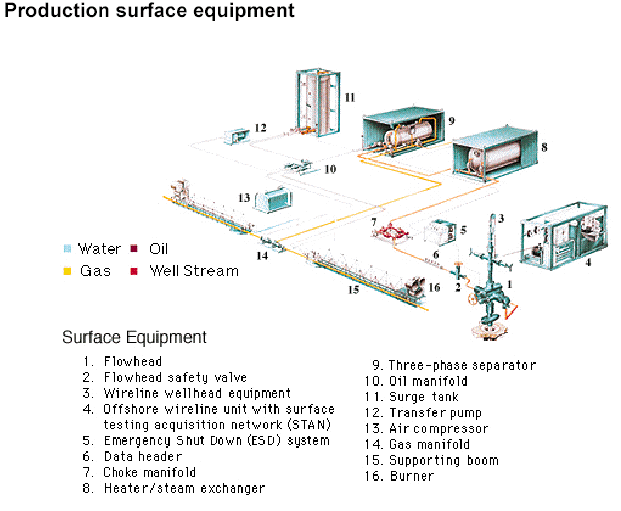
In the USA, many large or agricultural properties will have their own private well. This can be a very convenient asset, providing a consistent supply of water that can be used for gardens, lawns, and supplying water for animals, among other things. However, wells are not immune to groundwater contamination. In this article, we will look at why private well owners may want to invest in water quality testing.
How often should I test my well
water?
The NGWA (National Groundwater Association) suggests
that well owners should have their water tested once a year. The
tests undertaken should include those for bacteria, nitrates and
other contaminants of concern to your property and wells locality.
However, the NGWA also specifies that if certain circumstances arise, testing should be undertaken before the groundwater can officially be deemed as safe once more. The following is a list of those circumstances:
- Changes in taste, smell, color, or general appearance of well water
- A broken well cap, flood waters, or a new source of contamination
- The well has a history of issues with bacterial contamination
- A recent malfunction of the septic system
- Humans or animals who have drank from the water have suffered digestive/gastrointestinal illnesses
- An infant, elderly individual, or an individual with autoimmune weakness lives on the property
- Equipment monitoring purposes
What factors can impact my well
water?
There are a variety of factors and contaminants which
could render your well water harmful. A lot of these factors can be
highly dependant upon your location. To learn more about these, you
should contact your local health/environmental health department for
their latest information and recommendations to specified testing.
However, in general, some of the common factors which can impact your
well include:
- Bacteria: Total coliform is the most common bacterial contamination identifiable from your well. If this bacteria is present, then it is likely your well has been contaminated with waste from either animals or humans. While coliform itself doesn’t tend to pose a threat, it is a sign of potential worse bacteria to come, as it indicates that bacteria is able to thrive in your waters.
- Nitrates: Nitrates that can contaminate your well commonly come from fertilizers, septic systems, manure, and sewer lines. High levels of nitrates can be a health concern and can help some nasty bacterium to thrive.
- Other Issues: pH, hardness, iron, manganese, and sulfides, all while pretty harmless, can impact the overall color, flavor, and odor of the water from your well. They can also cause trouble with your plumbing.
- Local Elements: Owners of wells in some areas can be at risk of elements, such as radon and arsenic, which can make their waters very harmful to drink. Arsenic can enter water via contact with some rocks and soils, which naturally contain the element. Radon is a gas that is both colorless and odorless. It comes from the breakdown of naturally-occurring uranium in the ground.
It is important to remember that not all locations will have issues with arsenic or radon, or indeed, some of the other potential issues mentioned in this article. This is why regular testing of your well water, along with consultation with your environmental health department, is your best strategy to ensure your well water is safe for use and consumption.






